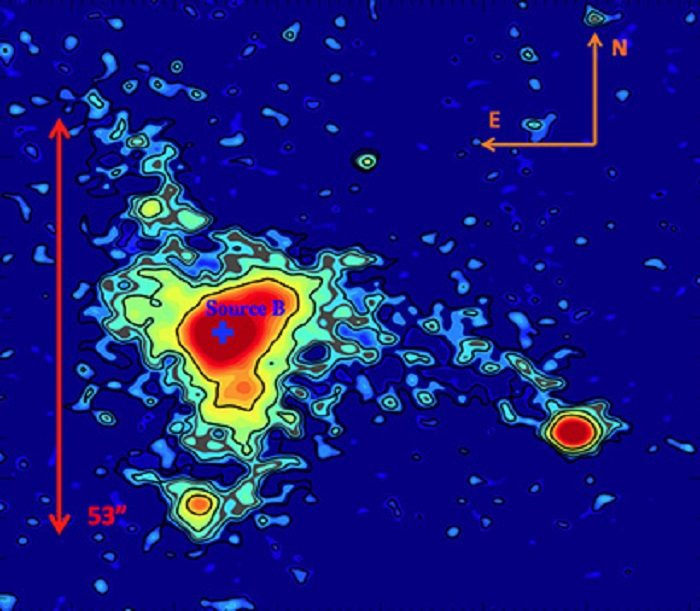
ELANs are huge blobs of gas surrounding and extending between galaxies in the intergalactic medium. They are thought to be parts of the network of filaments connecting galaxies in a vast cosmic web. Previously discovered ELANs are likely illuminated by the intense radiation from quasars, but it's not clear what is causing the hydrogen gas in the newly discovered nebula to emit Lyman-alpha radiation (a characteristic wavelength of light absorbed and emitted by hydrogen atoms).
The newly discovered nebula was found at a distance of 10 billion light years in the middle of a region with an extraordinary concentration of galaxies. Researchers found this massive overdensity of early galaxies, called a "protocluster," through a novel survey project led by Zheng Cai, a Hubble Postdoctoral Fellow at UC Santa Cruz.
"Our survey was not trying to find nebulae. We're looking for the most overdense environments in the early universe, the big cities where there are lots of galaxies," said Cai. "We found this enormous nebula in the middle of the protocluster, near the peak density."
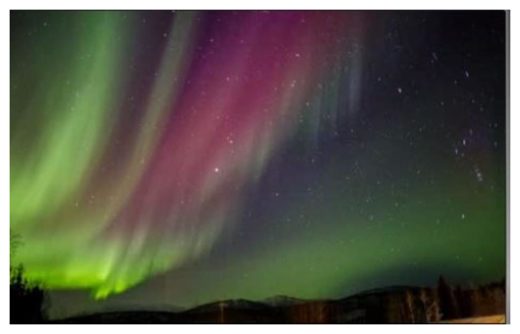
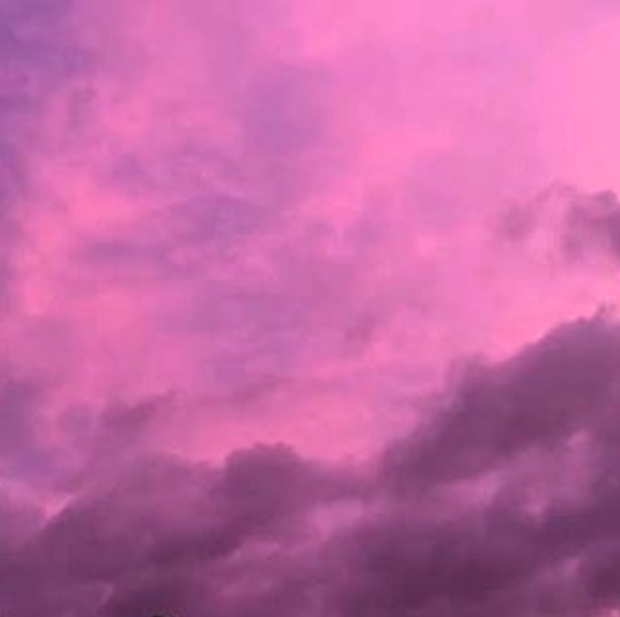
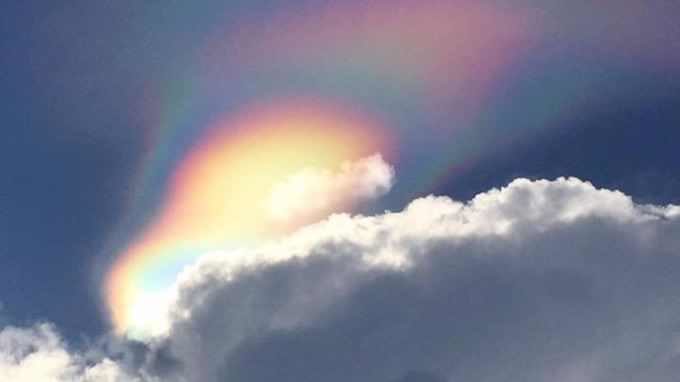
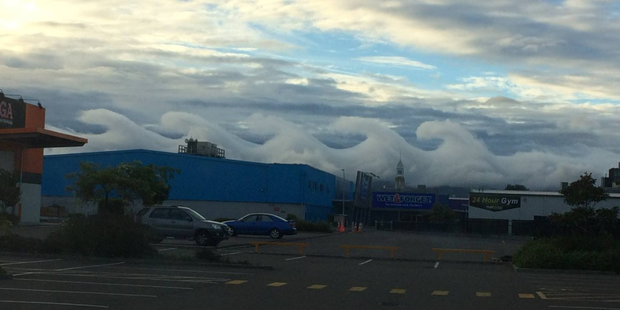
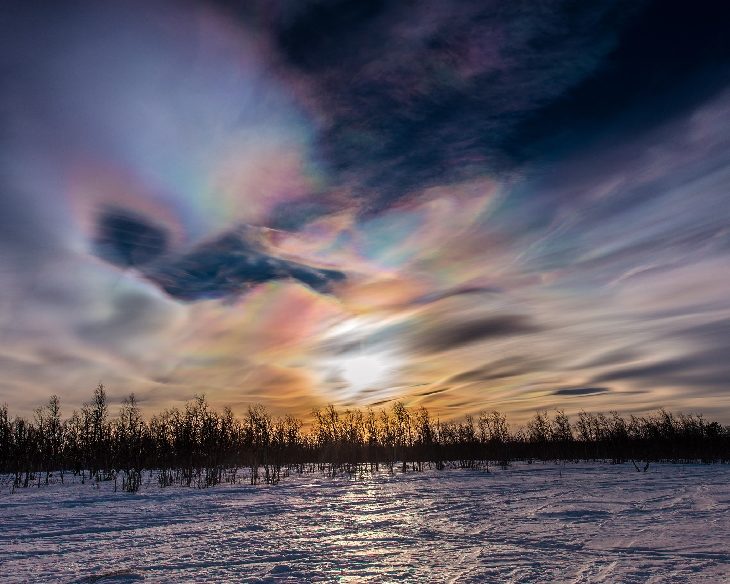
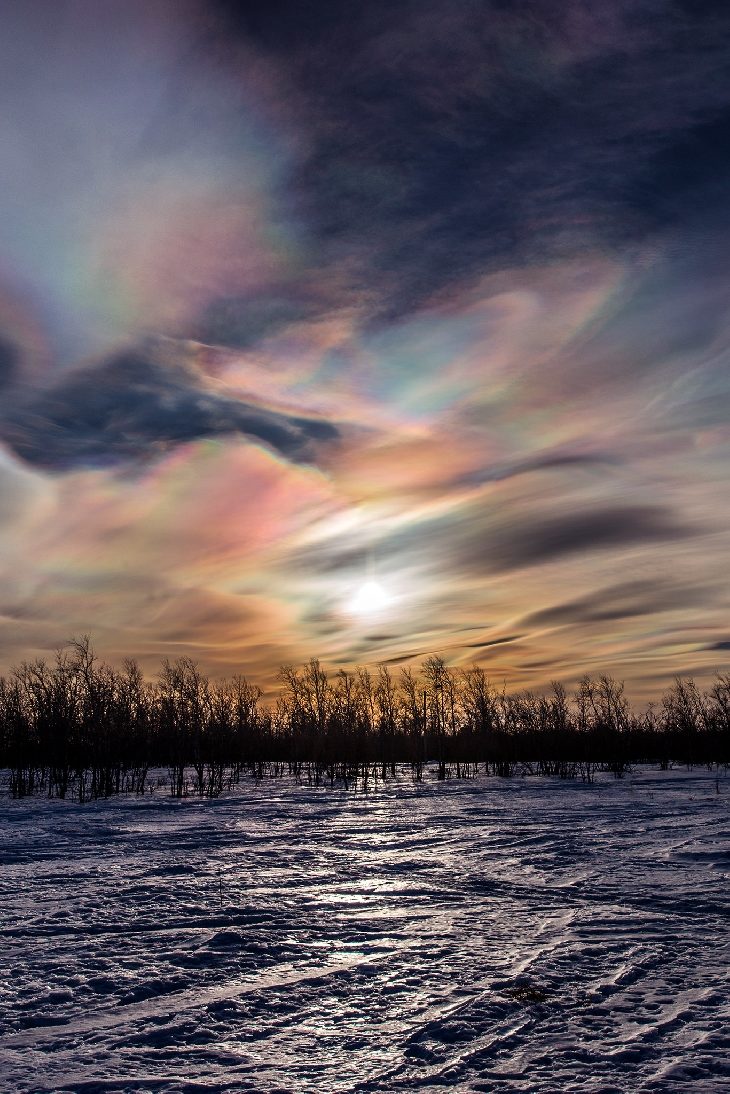
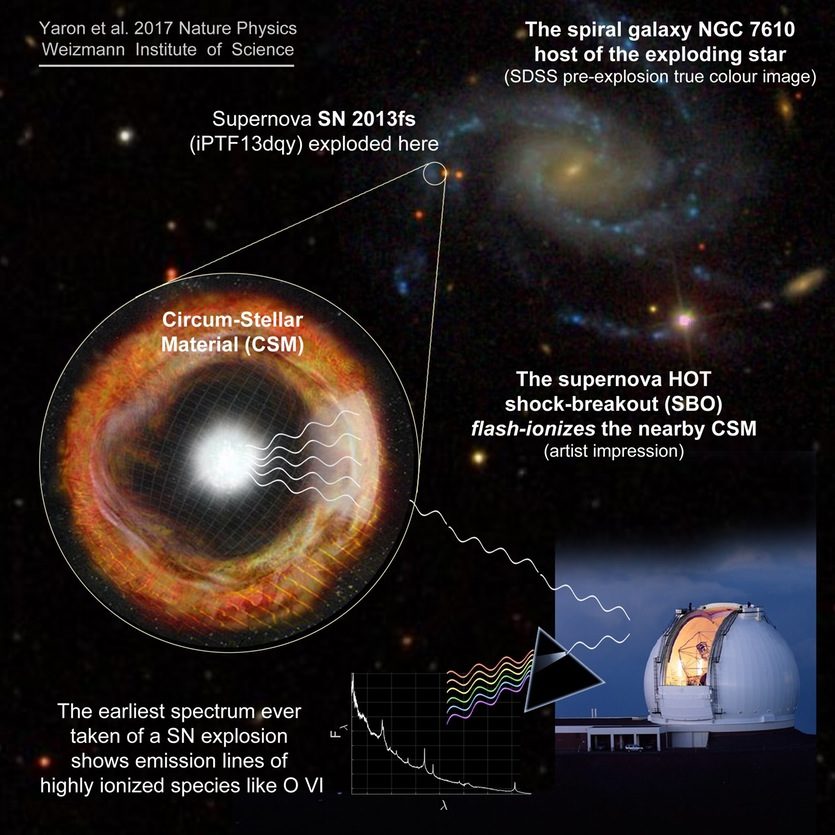
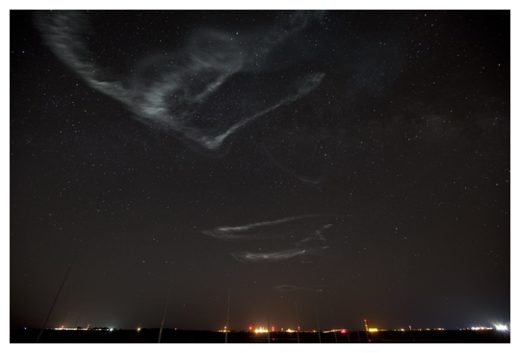
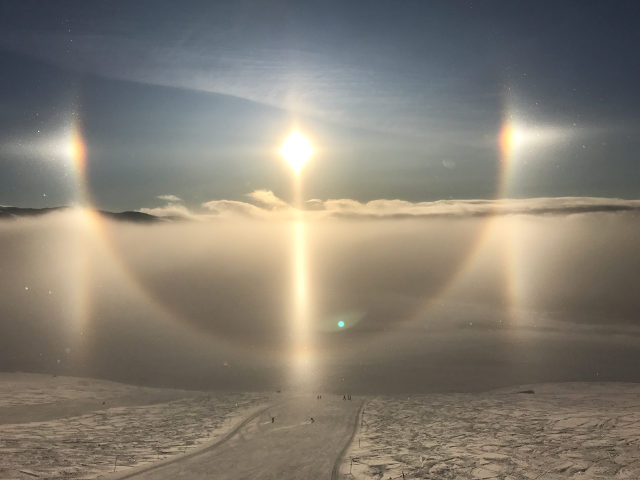
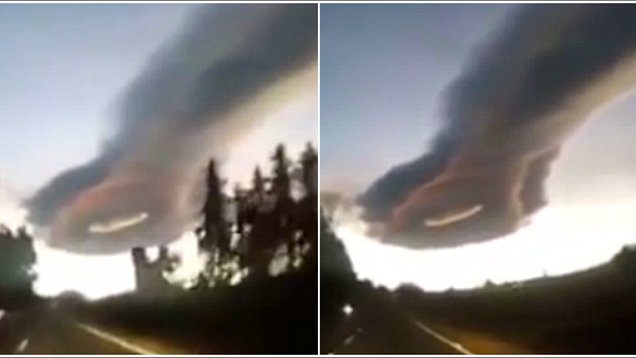



Comment: Uhm, didn't they say they were shutting down HAARP in 2014?
So now it's in civilian hands. Or so they say...